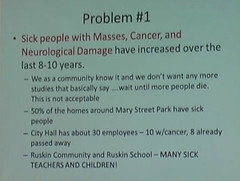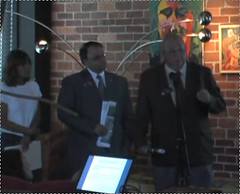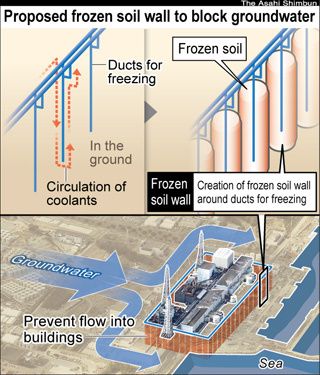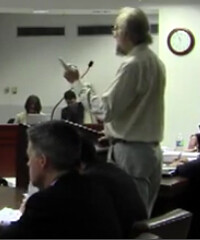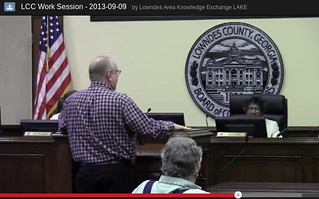 The big surprise in the eleven-minute meeting
was they called up former
County Engineer Charlie Clark to explain the Utility Director’s
comment about making a profit on wastewater to Lake Park Elementary School.
Yes,
the SPLOST VII Resolution is to put it on the ballot in November,
“to reimpose the tax”.
So much for those
town halls that never happened.
Yep, it’s Mac McCall for
reappointment to ZBOA.
No Proclamation this morning, so
it could still be for
South Georgia Pride
like
Valdosta Mayor John Gayle refused to proclaim last year.
And they vote tomorrow night at 5:30 PM.
The big surprise in the eleven-minute meeting
was they called up former
County Engineer Charlie Clark to explain the Utility Director’s
comment about making a profit on wastewater to Lake Park Elementary School.
Yes,
the SPLOST VII Resolution is to put it on the ballot in November,
“to reimpose the tax”.
So much for those
town halls that never happened.
Yep, it’s Mac McCall for
reappointment to ZBOA.
No Proclamation this morning, so
it could still be for
South Georgia Pride
like
Valdosta Mayor John Gayle refused to proclaim last year.
And they vote tomorrow night at 5:30 PM.
Here’s the agenda, with links to the videos and a few notes.
Continue readingLOWNDES COUNTY BOARD OF COMMISSIONERS
PROPOSED AGENDA
WORK SESSION, MONDAY, SEPTEMBER 9, 2013, 8:30 a.m.
REGULAR SESSION, TUESDAY, SEPTEMBER 10, 2013, 5:30 p.m.
327 N. Ashley Street – 2nd Floor

